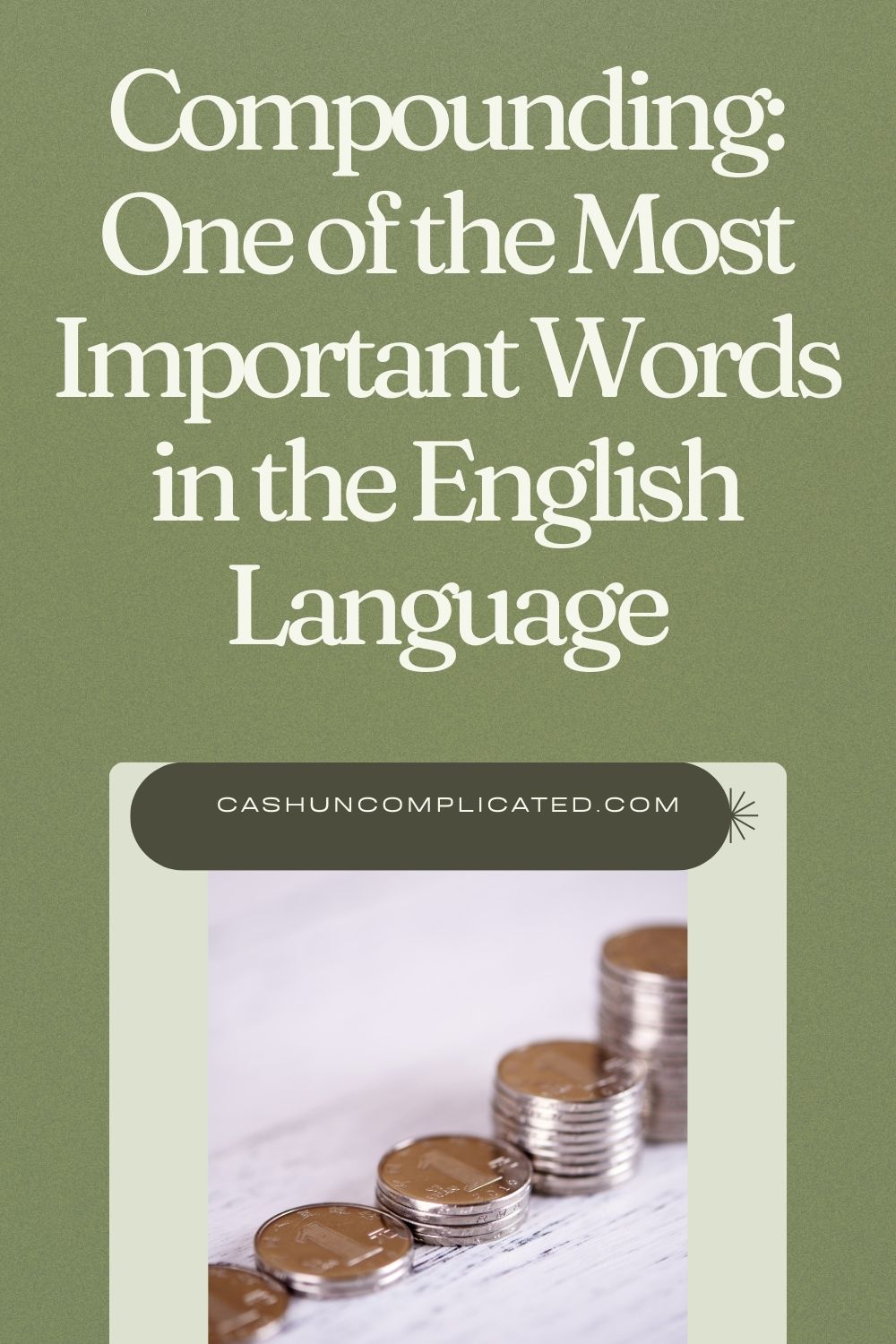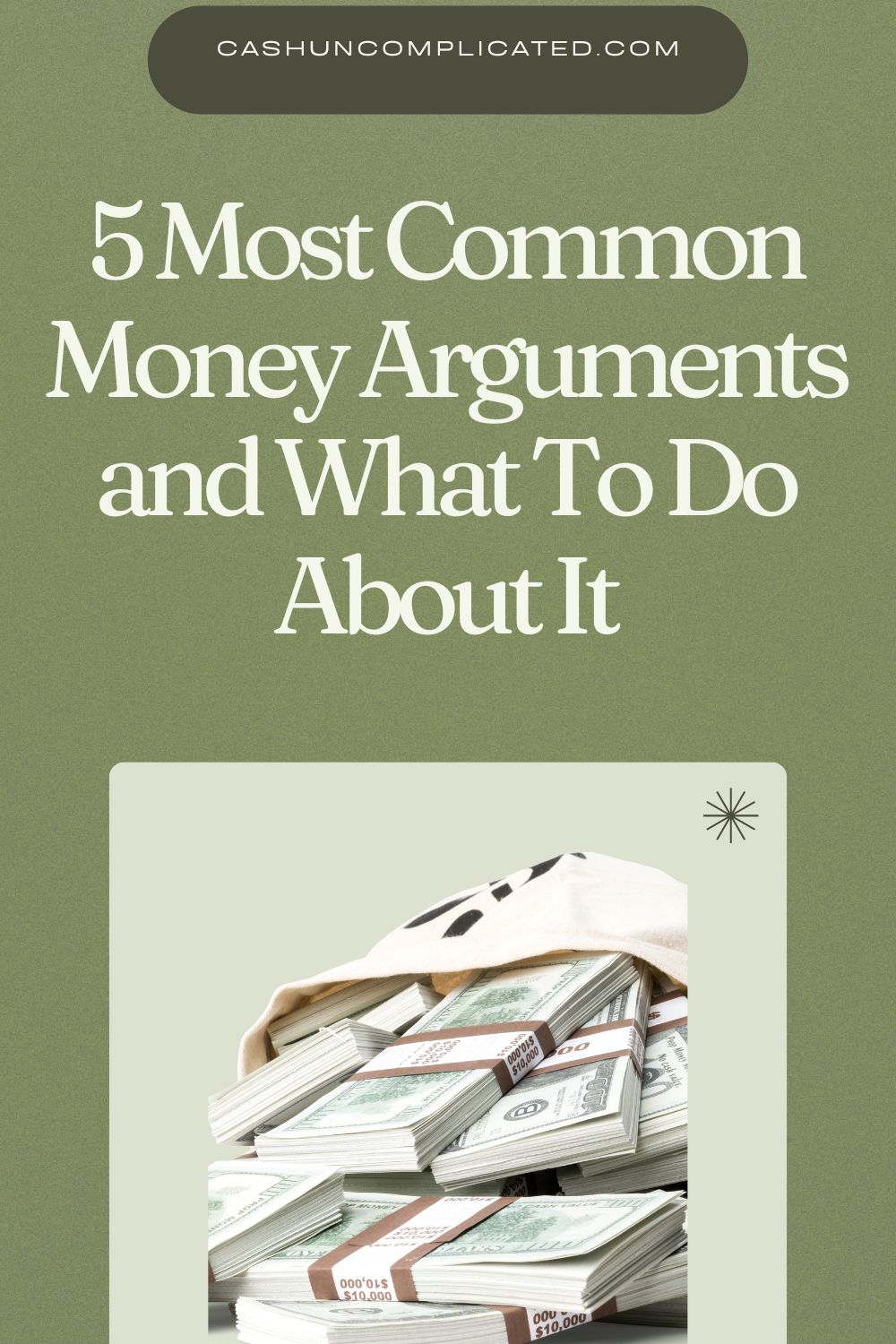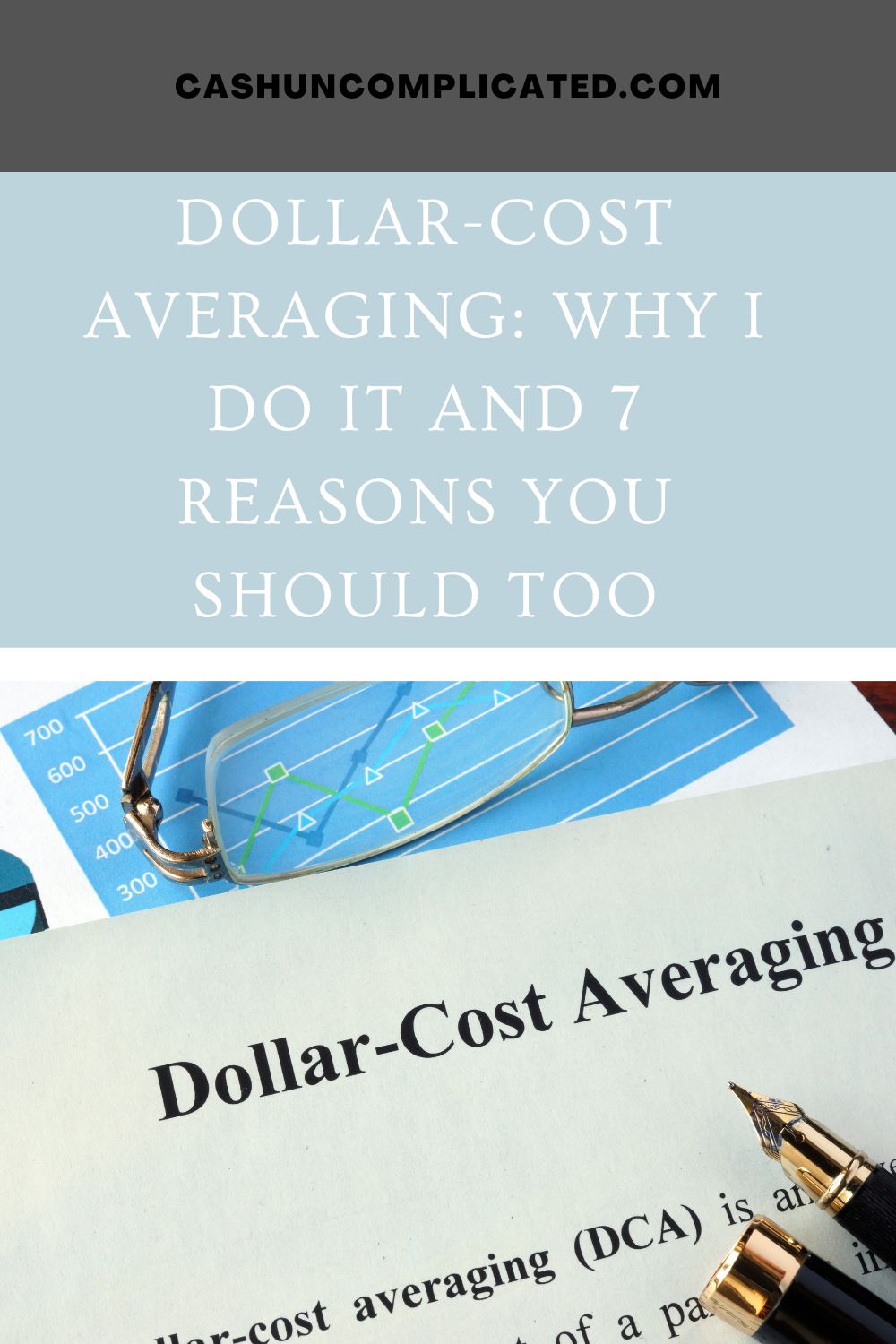A few weeks back I published a post about making your own coffee titled Brewing Your Own Coffee: Can it Really Make You a Millionaire? One of the biggest clichés in personal finance is the idea that making your own coffee can make you a millionaire, or at the very least, save you a lot of money.
That post took a deep dive into the numbers to determine whether brewing your own coffee really can make you a millionaire. I found that the answer to this question really depends. It depends on your age, where you live, and how often you’re ordering out coffee. Check out the full post here.
After publishing the post, one of the readers commented that she’d be interested in the cost of lunch. Great idea! So I decided today to explore that very topic in today’s post. Can packing your lunch make you a millionaire?
To be honest, I’ve been making my lunch for a long time. I’ve kind of gotten into the habit of packing my own lunch so it’s become second nature to me. I’ve always assumed this is saving me a lot of money but I’ve never really crunched the numbers.
My guess is it’s saved me quite a bit, but I’m curious to find out just how much, and what that money is projected to be worth 10, 20, 30 years from now. Let’s find out if packing your lunch can really make you a millionaire!
Baseline Numbers
To begin with, let’s create some baseline numbers. Looking at the prices of traditional lunch establishments like sandwich shops; lunches range from about six to 10 dollars. Common menu items are soup, sandwich, salad, side of chips and a drink.
Of course prices run much higher at a sit down restaurant—you’re looking more in the 15 to 20-dollar range after taxes and tip. Or if you’re eating at a nice downtown restaurant, prices can easily exceed twenty dollars. The more upscale, the more it will cost in general.
For our purposes, let’s assume someone is getting a half hour to an hour lunch break and is just picking up something at more of a traditional lunch establishment like a deli. For pricing, I checked out a few different establishments on Fastfoodmenuprices.com. Since I live in California, I used my home state to check prices for entrée, side of chips, and a drink at a sandwich shop.
Cost also depends on the size of your lunch—obviously a large salad is going to cost more than a small salad. Same with a large soup or sandwich versus the small. Adjust your numbers accordingly.
Packing our own lunch at home is going to cost much less. For the sake of comparison, let’s use the same menu items as above. Supposing you went shopping for the week to purchase lunch items, the pricing would be somewhere in the range of the graphics below.
For this comparison, I searched prices online from a store my family frequents. Prices vary depending on what brand you purchase, I searched the brands we use for this comparison. The brands you prefer may cost slightly more or less and prices will vary by geographical location.
Side by Side Comparison
Now that we have our approximate prices, we can begin with direct comparisons for a typical Monday through Friday work week.
| Sandwich (make at home) Chips, Drink from Store | Buying Sandwich, Chips, and Drink Out | Price Difference | |
| Monday | $3.65 | $9.37 | $5.72 |
| Tuesday | $3.65 | $9.37 | $5.72 |
| Wednesday | $3.65 | $9.37 | $5.72 |
| Thursday | $3.65 | $9.37 | $5.72 |
| Friday | $3.65 | $9.37 | $5.72 |
| Weekly Total | $18.25 | $46.85 | $28.60 |
| Yearly Total | $949 | $2,436.20 | $1,487.20 |
| Salad, Chips, and Drink from Store | Buying Salad, Chips, and Drink Out | Price Difference | |
| Monday | $5.01 | $10.88 | $5.87 |
| Tuesday | $5.01 | $10.88 | $5.87 |
| Wednesday | $5.01 | $10.88 | $5.87 |
| Thursday | $5.01 | $10.88 | $5.87 |
| Friday | $5.01 | $10.88 | $5.87 |
| Weekly Total | $25.05 | $54.40 | $29.35 |
| Yearly Total | $1,302.60 | $2,828.80 | $1,526.20 |
| Soup, Chips, and Drink from Store | Buying Soup, Chips, and Drink Out | Price Difference | |
| Monday | $3.81 | $7.37 | $3.56 |
| Tuesday | $3.81 | $7.37 | $3.56 |
| Wednesday | $3.81 | $7.37 | $3.56 |
| Thursday | $3.81 | $7.37 | $3.56 |
| Friday | $3.81 | $7.37 | $3.56 |
| Weekly Total | $19.05 | $36.85 | $17.80 |
| Yearly Total | $990.60 | $1,916.20 | $925.60 |
Traditional Work Week
Over the course of a traditional work week, it will cost $18.25 to make your own sandwich at home and $46.85 if buying out. The weekly difference is $28.60. Over the course of a full year, the person making a sandwich at home will spend $949 versus $2,436.20 for the person ordering out. Yearly difference: $1,487.20.
Running the numbers for a salad over the course of a traditional work week, it will cost $25.05 to buy a salad from the store and $54.40 if buying out. Weekly difference of $29.35. For the full year, it will cost $1,302.60 to buy a salad from the store and bring it to work for lunch versus $2,828.80 ordering out. Yearly difference: $1,526.20
For the soup, it will cost $19.05 to buy soup from the store and bring it to work and $36.85 if buying out. Weekly difference of $17.80. For the full year, it will cost $990.60 to buy soup from the store and bring it to work versus $1,916.20 ordering soup out. Yearly difference: $925.60
These charts are all or nothing graphics in order to provide clear examples. Some people may make their own lunch three days a week and order out two days. Or make their lunch at home one day a week and order out four. Adjust the numbers to what fits your situation.
Where It Gets Interesting
Here’s where it gets interesting, and where we can see how our money will grow if we invest the money saved by making our lunch at home versus buying out. In the charts below, we’ll run the numbers for the price differences between bringing a sandwich, salad, or soup from home versus buying out. We’ll also use three different rates of return: eight percent, nine percent, and 10 percent. The differences are:
- $1,487.20 for a sandwich, chips, and drink
- $1,526.20 for a salad, chips, and drink
- $925.60 for a soup, chips, and drink
| $1,487.20 savings from sandwich made at home invested yearly | 10 Years | 20 Years | 30 Years | 40 Years |
| 8% Rate of Return | $23,268 | $73,502 | $181,953 | $416,090 |
| 9% Rate of Return | $24,628 | $82,933 | $220,961 | $547,724 |
| 10% Rate of Return | $26,072 | $93,697 | $269,099 | $724,046 |
| 1,526.20 savings from salad bought at store invested yearly | 10 Years | 20 Years | 30 Years | 40 Years |
| 8% Rate of Return | $23,878 | $75,429 | $186,724 | $427,002 |
| 9% Rate of Return | $25,274 | $85,108 | $226,756 | $562,087 |
| 10% Rate of Return | $26,756 | $96,154 | $276,156 | $743,033 |
| $925.60 savings from soup bought at home invested yearly | 10 Years | 20 Years | 30 Years | 40 Years |
| 8% Rate of Return | $14,481 | $45,746 | $113,243 | $258,965 |
| 9% Rate of Return | $15,328 | $51,616 | $137,521 | $340,891 |
| 10% Rate of Return | $16,227 | $58,315 | $167,481 | $450,630 |
Much like in the post about making your own coffee, making your own lunch can result in significant returns if invested over long periods of time. Especially if you’re investing 30 plus years and getting higher rates of return.
The Projections–Packing Lunch to Make You a Millionaire
Making your own sandwich at home is projected to net you $724,046 if invested over 40 years at a 10 percent rate of return. Buying salad at the store and bringing it to work instead of buying out will net you $743,033 if invested over 40 years at a 10 percent rate of return. Of course nobody knows what inflation will look like in 40 years, but I would much rather have these returns than not have them.
Granted, 40 years is a long time to invest. However, if someone begins this habit at the age of 22 when they finish college and enter the workforce, they’d be 62 at the 40-year mark. That’s right around the retirement age for most people.
Counter Arguments
The two biggest counter-arguments I hear about this concept are:
- The number of years it takes to earn a significant amount on this investment.
- The premise that people are actually going to invest the difference.
Let’s start with the first one. This argument comes down to how hold you are at the time you begin investing. Someone who is 50 years old at the time they begin investing their “lunch money” isn’t going to be helped out a whole lot by being in the market for 40 years because they’ll be 90 years old at the time of withdrawal. No argument from me here.
However, if that same 50-year old invested the money saved by buying their salad from the store instead of going out for 20 years, they probably wouldn’t mind having $96,154 at age 70 (assuming 10 percent return). That’s still a whole lot of money. Probably not life changing money, but not bad for lunch money. That may allow someone to retire a couple years earlier, or at the very least, have some extra money for travel or minor expenses.
The second counter-argument is the premise that people are going to invest this money in the first place. I’ve heard at least a couple personal finance experts say people won’t be intentional enough to invest the money anyway. Or that it will just get spent on something else.
Those making this argument may very well be right. But I think that if you’re reading this post and other personal finance blogs, that you’re the type of person who will invest the difference. Sure, many people will probably just spend the difference it in other places. But I also believe many people, including readers of this blog, will be intentional and invest the difference so that packing a lunch moves you in the direction of becoming a millionaire.
Location Matters
The price of lunch materials and other goods varies widely across the country and world. For this post, I ran the numbers for my home state of California. These numbers will vary greatly of course.
Someone living in Boston or Los Angeles is probably going to pay more for lunch (both at the store and a lunch spot) than someone living in a small town in the Midwest. This will widen the gap on the price difference. For example, it might cost four dollars for sandwich ingredients in the big city and 12 dollars to buy out.
In a small town, it might cost around two dollars for sandwich ingredients and six dollars to buy lunch out. For this post, I used the averages for California, but know that may vary significantly depending on where you live. The amount of the gap will factor in the numbers you run to come to a decision.
Can Packing a Lunch Make You a Millionaire?
What’s the verdict then? Can bringing your lunch to work and investing the difference actually make you a millionaire? The numbers tell us it can make a massive difference. Not millionaire difference, but pretty close to it. Especially for someone starting early in life or living in a very expensive area where lunch costs upwards of ten dollars.
For questions like this, I always go back to value-based spending. If someone really values ordering out lunch everyday despite the opportunity cost, then they should go out provided they can afford it. And if they don’t, they should make their lunch at home more often. It comes down to assessing values and avoiding mindless spending.
In a vacuum, the math tells us that making lunch at home and investing the difference will make the average person a lot of money over the course of 20, 30, or even 40 plus years. In other words, packing a lunch can make the average person a millionaire. But life isn’t lived in a vacuum—people have different likes, tastes, and wants. As with other things, do what makes sense for you. Just make sure to make an informed decision and act with intentionality.
Can packing your lunch make you a millionaire?
Note: For this post, I used very similar language as the post Brewing Your Own Coffee: Can it Really Make You a Millionaire? since the topics are so closely related.











